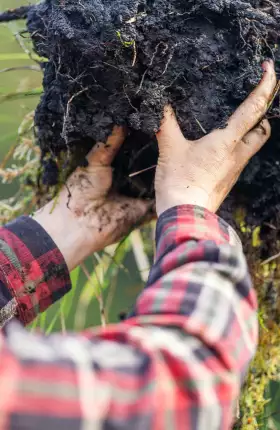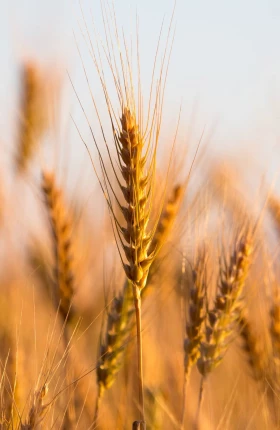Right now, action to address greenhouse gas (GHG) emissions from livestock is gaining momentum. Among the notable steps:
- In June, Denmark passed what would be the first emissions tax on cows, sheep, and pigs, part of a broad set of policies aimed at embedding sustainability into food and agriculture.
- New Zealand, which recently decided not to move ahead with an emissions tax, on livestock, announced plans to invest $150 million over five years in commercializing technology to address livestock methane.
- At COP28, global food companies with combined annual revenues over $200 billion formed the Dairy Methane Action Alliance to tackle livestock emissions.
The So What
“There is increasing urgency around tackling livestock emissions,” says BCG Managing Director and Partner Sonya Hoo. “We must accelerate and commercialize innovations that can significantly reduce these emissions—and do so in a way that is economically viable for farmers and companies.”
Livestock account for 6.2 billion tonnes of CO2 equivalent per year—or about 12% of all human-made GHG emissions, according to the Food and Agriculture Organization (FAO) of the United Nations.
To appreciate the scope of the problem, it is important to understand that there are two types of GHG emissions: direct emissions—gas passed by cattle and GHG released by manure, for example—and indirect emissions—such as from the production of feed for livestock.
- Direct emissions account for 60% of total livestock emissions according to the FAO—with much of that in the form of methane.
- Methane is a super potent GHG: over a 100-year timeframe, 1 tonne of methane has the warming potential of 28 tonnes of CO2.
Slashing livestock emissions is challenging for several reasons including:
- Demand for animal-sourced foods is likely to grow with population growth, urbanization, and rising incomes, particularly in Asia and Africa.
- The best approaches to driving livestock decarbonization are not yet clear or mature—and more research and innovation are still needed to drive scalable solutions
- It is not yet clear who will pay for the technologies and actions required to cut livestock emissions. Farmers today tend to operate on very thin margins, and raising livestock is a critical livelihood for millions of people in low- and middle-income countries.
Now What
Action is already being taken to reduce livestock emissions, particularly indirect emissions. Changes in storage and treatment of manure to capture and use the methane released has significant potential. Operations that use methane as a biogas to generate power and heat are starting to reach commercial scale in the US.
When it comes to addressing the methane directly passed by livestock there are a number of potential—but not yet scalable—approaches and technologies including:
Feed Additives. Companies such as Bovaer and Rumin8 have developed feed additives that reduce the amount of methane released by cattle. Other companies are commercializing seaweed-based additives, such as from technology developed by FutureFeed, a joint venture between Australia’s science, agricultural, and corporate players.
Biological Solutions. Companies such as startup ArkeoBio are working on a vaccine to address livestock emissions. The vaccine would trigger antibodies that would suppress methane-producing bacteria in a cow’s stomach.
Breeding. Genetics play a factor in how much cows produce methane—making selective breeding a viable route for producing livestock that expels lower levels of GHGs. For instance, Semex UK is developing technology to help farmers select cows with a lower methane emissions genetic profile.
Improving Productivity. There is significant variation in livestock productivity (such as how much milk or meat produced per animal) across different parts of the world. For example, cows in Africa yield 3 liters to 5 liters per day on average while in Europe the average is 25 liters to 30 liters per day. Increasing the productivity of livestock through better feed, health, husbandry, and breeding can reduce the emissions intensity of livestock (meaning more food could be produced with the same or less emissions).
Just as important as the technological know-how is the approach to funding those new approaches. Some options, including increasing livestock productivity, can be a win-win—reducing emissions intensity while boosting farmer profitability. But many innovations may come with some additional costs, at least to start, requiring smart financing strategies including collaboration among public-, private- and social-sector players.
“Getting effective and affordable solutions into the hands of farmers is critical,” says BCG Managing Director and Partner Rebecca Russell. “This requires shifts at every step in the process—more R&D, more on-the-farm testing, more commercialization and product development, and new ways to support farmers with the cost of adoption.”




